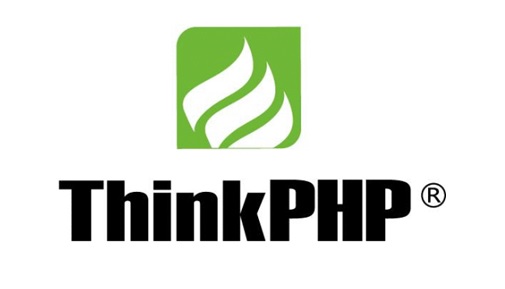ThinkPHP 5.0.* Remote Code Execution Vulnerability Handling Guide
1 Vulnerability Overview Recently, ThinkPHP 5.0.* is prone to a remote code execution vulnerability that has been officially fixed. All related users should stay wary and take precautions as soon as possible.









